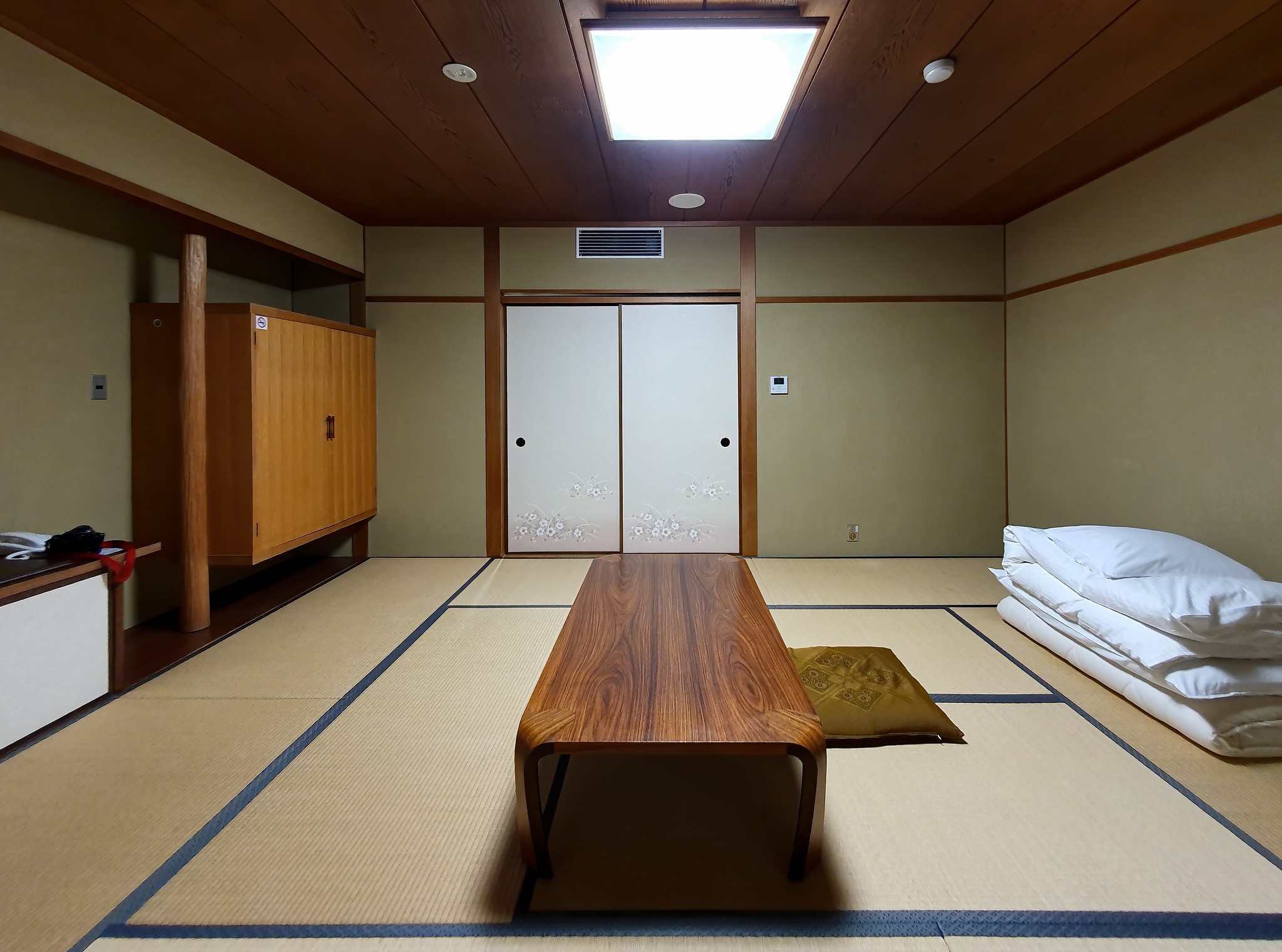Japan is a big place, but a large part of Japan sits with the “humid subtropical climate” zone, characterized by hot, humid summers and dry, mild winters. For people not used to these kinds of summers and winters, there is a hidden killer of curtains and clothes lurking about – Mold!
Mold in Japan
For mold to flourish, it needs
- Food – Anything organic, so pretty much everything
- A fungal spore – These are almost impossible to keep out of your home
- Moisture – Summers in Japan feature humidity levels routinely over 70%
- Warm temperature – Summers in Japan feature heat, and lots of it. However, your attempts to keep the air conditioning on all the time inside your house during the winter can also create a safe zone for mold to continue
All of these things are especially present in Japan in the summer, and attention needs to be paid to prevent mold growth in the home. Mold in the home can lead to a variety of health problems, and mitigating mold issues is most importantly reducing moisture levels that encourage growth.
Fighting Back
Common practices for reducing the threat of mold
- Fans – Run a fan or fans, especially in areas prone to high moisture like the kitchen or bath, but throughout the house. You should also occasionally point them into your closets.
- Dehumidifiers – Mold grows best in between 50%-65% humidity. Keep your house below this with a dehumidifier. You can get a machine or a variety of disposable chemical dehumidifiers. Many air conditioners offer a “dry setting.”
- Open windows – Ventilating shower, laundry, and cooking areas will, besides letting the air circulate, lower the difference in temperatures between inside and outside, preventing condensation. Open other windows during the day, especially when it’s hot and humidity is usually the lowest outside will keep the humidity down. Make sure to close your windows when it rains though.
- Seek out and fix water leaks – Leaky roofs or walls, leaking pipes, taps or showerheads create the potential for large amounts of mold, and should be fixed immediately.
- Spray cold water after hot showers/baths to reduce surface temperature and condensation. If possible, wipe down the room with a squeegee or a sponge designed to remove mold. Using an “after shower” cleaning spray will also help.
However, this can be difficult to follow every single time. Some properties can have very high buildup of condensation on the front door or the sliding glass doors regardless of how much you ventilate and ventilation is not practical during certain times of year. Allergy sufferers can be particularly troubled by this – open your window and feel miserable from hay fever or keep it closed and constantly battle moisture and mold!
There are special sprays for sliding glass doors and windows that work wonders for cutting down on the dew and condensation that will most certainly cause mold buildup on carpets or curtains near said areas. You can also look into a special fabric that tapes onto the bottom of sliding glass doors and windows as an extra layer of defense if your residence has particularly bad condensation issues.
Problematic Places
While hinted at above, the areas most likely to experience mold in your house:
- The kitchen – There are two main things to consider here. First is that mold can thrive anywhere and this includes that pasta stain on the kitchen wall that you planned to get later. However, if you come from a climate that is usually drier, you will need to be more proactive about watching your meats, veggies and fruits. While not the same kind of mold that infects your closet, foods also spoil faster in the Japanese summer.
- The shower – This can feel almost impossible to keep clean and free of mold. The speed that the little black mold specks appear is astounding in its own way. Picking a “cleaning day” and just giving the whole area a general cleaning, along with the tips above for reducing and tips below for combating mold, will go a long way in preventing that special kind of panic that only occurs when your overnight guest is slated to arrive in an hour and you just now took a look at the shower.
- The closets / the “storage” room – This is usually your “spare room” or your “I’ll make this an office soon enough” room, but it’s the one that has those boxes you really are actually going to sort out some time next week (or next next week!). The big issue here is that any dampness does not dry out quickly inside of cardboard boxes and it’s not entirely obvious if those boxes collected dew or moisture. Couple this with “out of sight, out of mind” and how there is rarely central climate control in Japanese residences, and it’s easy to create an environment of mold growing in secret and eating through old photo albums or other things made of paper or cloth. The only solution here is to keep all rooms ventilated and, again, pick a routine cleaning schedule so you can catch problems earlier rather than later.
Cleaning Mold in your Home
First and foremost, be careful when dealing with mold. For health reasons, you should take reasonable precautions to limit your exposure to spores and molds. Ideally, you should:
- Avoid breathing in mold or mold spores by wearing a face mask or N-95 respirator.
- Wear long kitchen gloves that extend up the arm past your wrist.
- Wear goggles (without ventilation holes).
It is recommend to clean areas with mold as quickly as possible with either water and a mild detergent or disinfectant spray. If using water and a mild detergent, vigorously scrub mold off after applying soap and water. If using the spray, apply a generous amount and leave it for an hour or two, then scrub to clean the area.
After ensuring you have fully removed the mold, or it will immediately return, ventilate the area with a bath fan if available, ensuring you close the doors and windows (if there are any) to seal off the room to help it dry more quickly. If there is no bath fan, or once the area is dry, open the doors and windows to ventilate, and consider placing a fan.
🌡️ Recommended Air Conditioner Settings to Prevent Mold:
In Japan, where summers are hot and humid and winters can be dry but still prone to condensation, air conditioner settings play a key role in mold prevention. While there isn’t a universally fixed “safe minimum temperature,” here are some guidelines based on expert advice and local practices:
- Avoid setting the temperature too low:
- Below 22°C (about 71.6°F) can increase the risk of condensation, especially in summer when humid air meets cold surfaces. This condensation can lead to mold growth, particularly around windows, walls, and AC pipes. [rise-corp.tokyo]
- Use the “dry” or “除湿 (joshitsu)” mode:
- This mode focuses on dehumidifying the air rather than cooling it aggressively. It’s ideal during the rainy season (梅雨, tsuyu) and on humid days. [hrcjapan.com]
- Maintain indoor humidity below 60%:
- Mold thrives in humidity levels above 60%, and grows rapidly above 80%. Use a hygrometer to monitor humidity and adjust your AC or use a dehumidifier accordingly. [rise-corp.tokyo]
- Ventilate regularly:
- Even with AC running, open windows during dry parts of the day to reduce trapped moisture. This is especially important in bathrooms, kitchens, and closets. [hrcjapan.com]
- Clean your AC unit regularly:
- Mold can build up inside the unit and be spread throughout your home when turned on. Professional cleaning every 6–12 months is recommended.
Image by g-rtm via Flickr, CC BY-NC-ND 2.0

